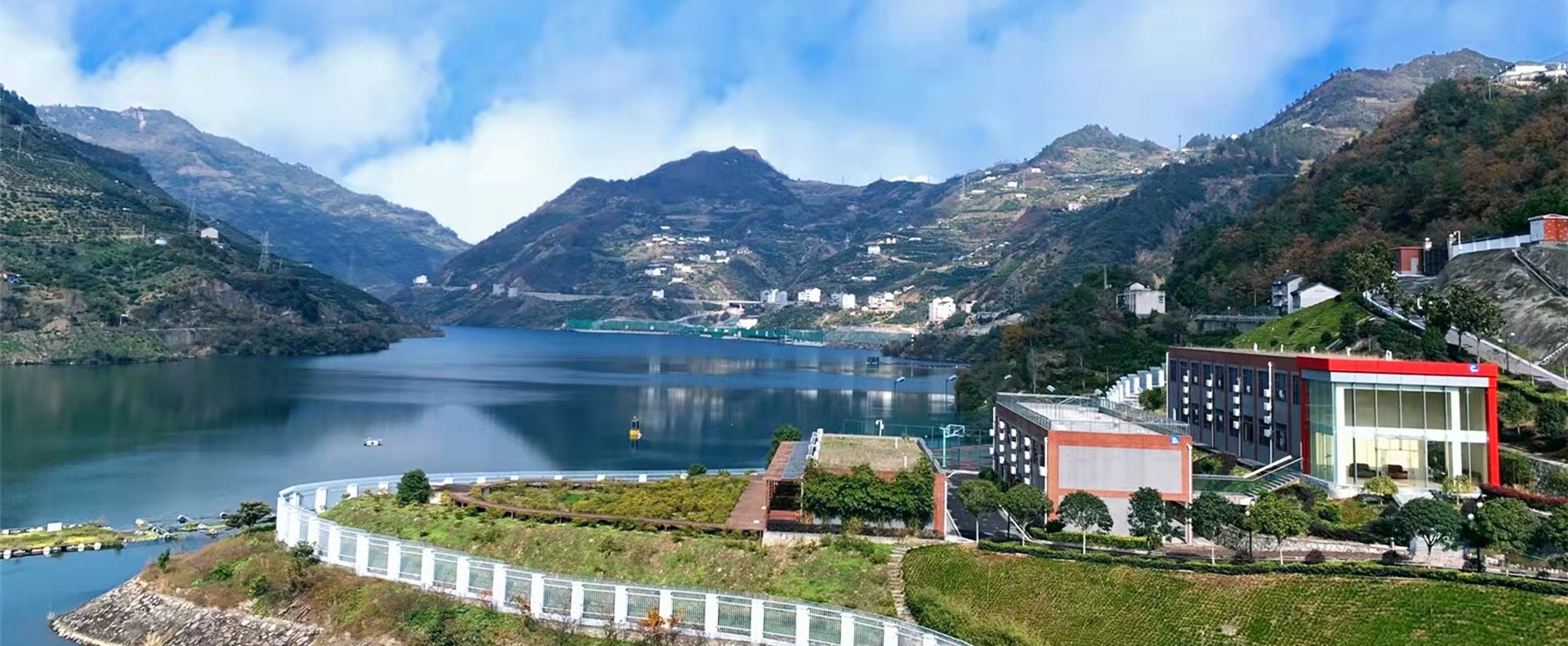
Newsroom
A Novel Water Level Regulation Approach Effectively Controls Phytoplankton Blooms in Reservoirs

Xiangxi River Ecosystem Research Station in the Three Gorges Reservoir (Credit: IHB)
Reservoirs provide water supply, irrigation, and other benefits to human societies. With the increasing food and electricity demands by the worldwide population growth, global reservoir constructions are still in a period of rapid development. However, building reservoirs tends to cause eutrophication and phytoplankton blooms due to changes in hydrological conditions, which can reduce the ecosystem service values. Water level regulation has been considered as a promising measure for phytoplankton bloom controlling in reservoirs. So far, most current knowledge of the impacts of water level changes on phytoplankton blooms has been based on qualitative descriptions yet quantitative research has been lacking.
A research group led by Prof. CAI Qinghua from the Institute of Hydrobiology (IHB) of the Chinese Academy of Sciences established a novel water level regulation approach for effective phytoplankton blooms controlling in reservoirs based on the nonlinear causal analysis and modeling. The study was published in Science of The Total Environment.
Based on nine-year continued daily observed data by the Xiangxi River Ecosystem Research Station in the Three Gorges Reservoir, the researchers first examined the causal effects of different water level fluctuation parameters on the dynamics of phytoplankton blooms.
They found that there is a nonlinear relationship between the water level fluctuation of the Three Gorges Reservoir and the daily dynamics of phytoplankton biomass. Among all candidate factors for measuring water level fluctuation, the water level change in the past 24 hours (ΔWL) has the strongest causal effect on the daily dynamics of phytoplankton biomass, with a time lag of two days.
Further, the researchers established a quantitative model for the nonlinear relationship between ΔWL and the daily dynamic of phytoplankton biomass. They found that both the rise and fall of water level will significantly reduce the phytoplankton biomass when phytoplankton blooms occur. Nevertheless, on the whole, the rising water level has a more substantial effect on phytoplankton blooms than falling the water level.
In the non-bloom period, they also found that improper water level regulation in reservoirs may stimulate algae growth and increase the risk of phytoplankton blooms.
This study reported for the first time the nonlinear causal effect of ΔWL on the dynamics of phytoplankton biomass and provided a quantitative approach guiding effective phytoplankton blooms controlling based on the water level regulation, which might have a broad application in algal blooms controlling in reservoirs and similar water bodies.